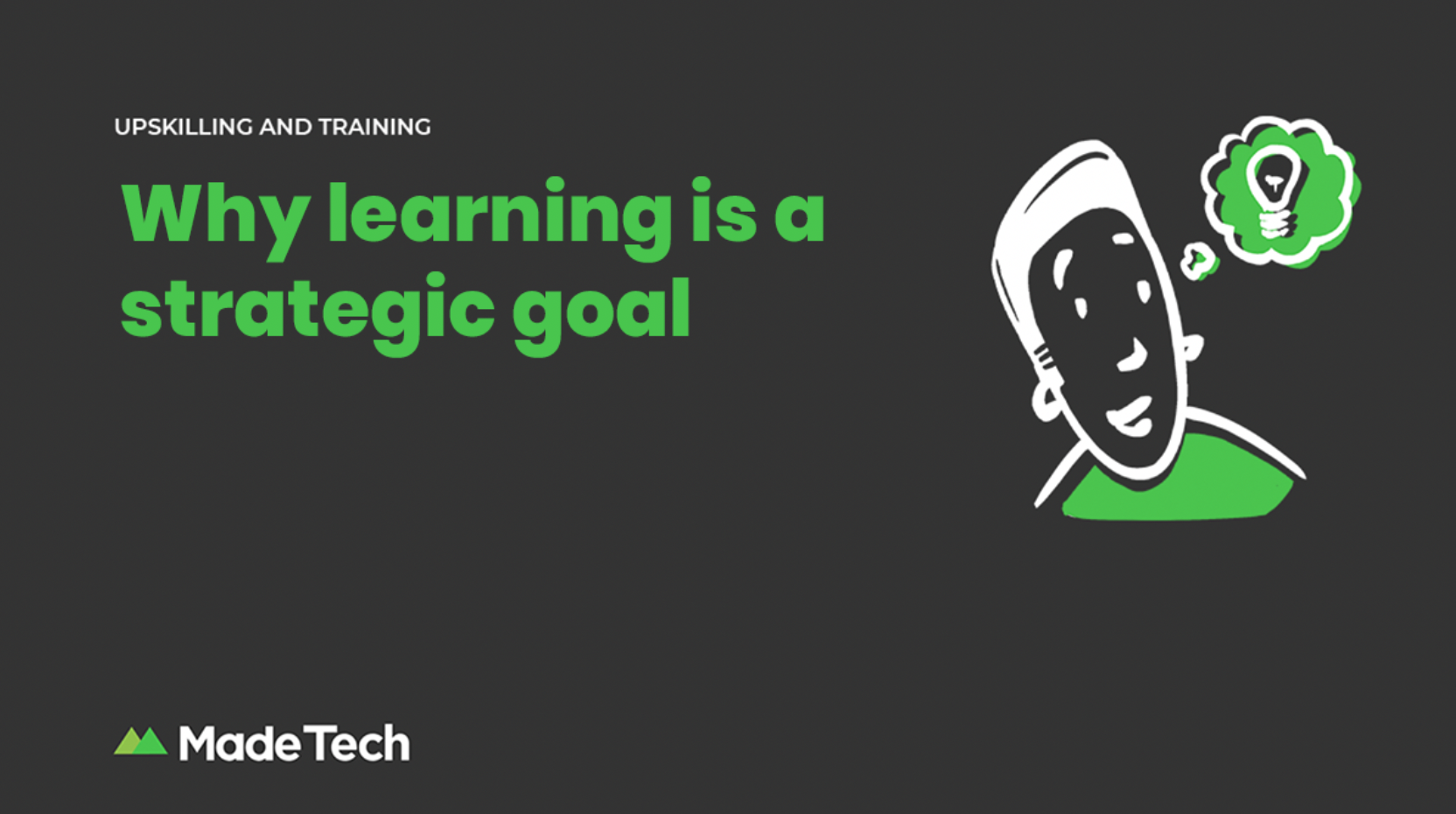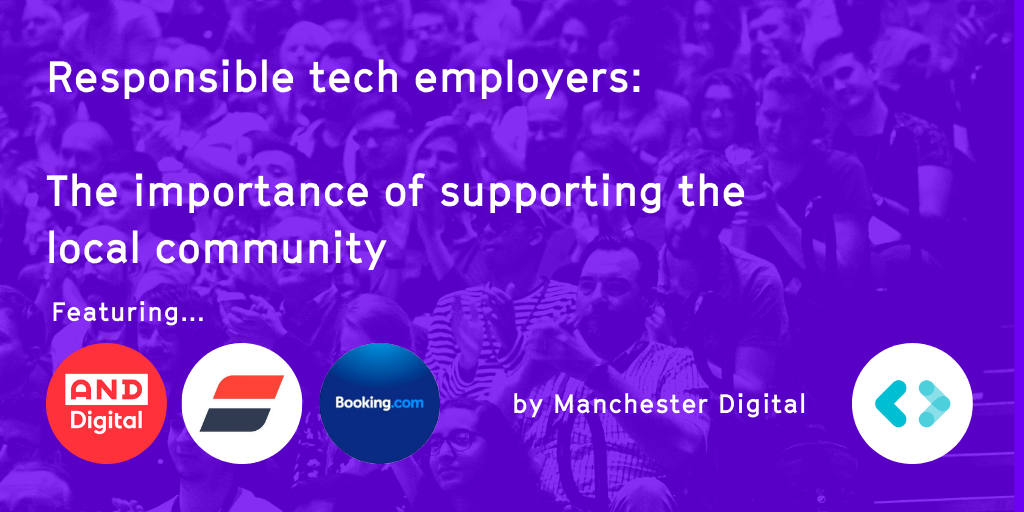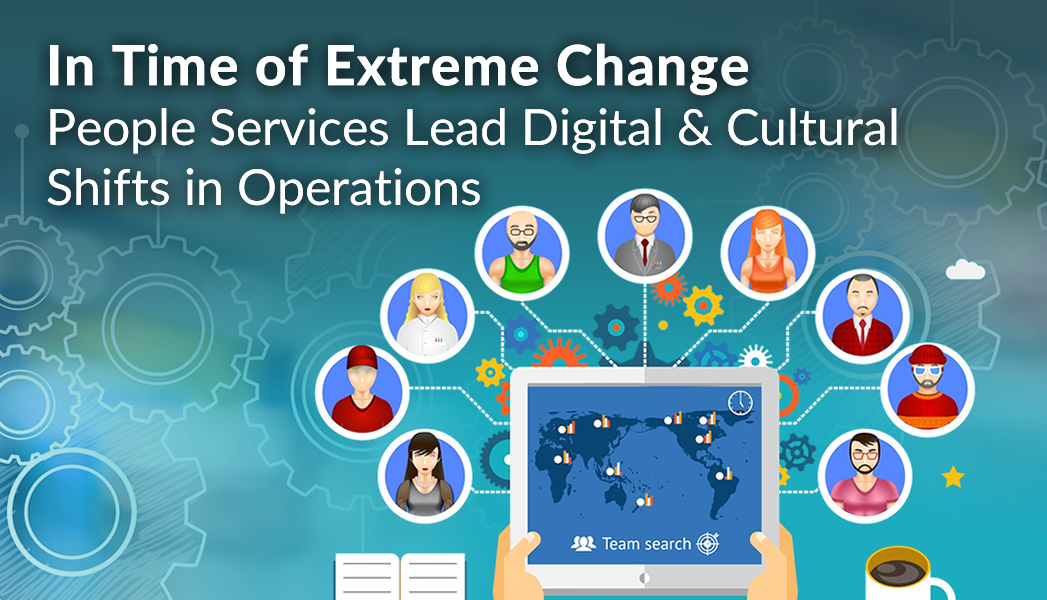
This is the final blog post in a series about how to set up your organisation for success when it comes to capability building internally. Duncan has previously discussed prioritising skills enablement in the public sector and how to ensure skills development becomes a team outcome. In this post I’ll look into why learning is a strategic goal by exploring what we need to consider, why it’s a hard balancing act between individuals and the organisation’s needs and what questions we need to ask.
We have previously spoken in depth about why skills enablement is important and how organisations can upskill their technical teams effectively but how do we go from “this is a good idea” to actively practicing it? What are some of the lessons we’ve learnt and what are the important questions to ask before we embark on this journey? And how do we keep checking in to ensure we’re still being effective?
What is driving skills enablement in your organisation?
Let’s start by asking “where is the need for skills enablement coming from?” If we cannot answer this question, it will be hard to ensure we’re able to give value to both the individual and the organisation.
Addressing the elephant in the room, all staff are there to provide value to their organisation. Whether this is indirect or direct could only be measured by people on the ground. So if the drive of adding skills enablement is coming from the staff, we’d need to explore what their requirements or wants are. We need to get a clear idea of this to see how it aligns to the organisation’s strategy and current/future service(s). This is why it’s so important to measure which skills we are developing as an organisation. Are they serving a need? An example of an indirect value would be where staff happiness is a key metric and this is a way to achieve it.
On the flip side, if there is a need for the organisation to move from one technology to another, is there buy-in from the staff? How does this fit in with the current technology landscape and where the organisation wants to be? Having open conversations with staff and allowing them to feedback on direction on technology changes will be vital. People will not buy into upskilling if they believe their current role will not exist in the future. Ultimately, there will be some people who are unable to change their skillset or have no desire to change. Do you have a plan for these situations?
It’s often hard to balance the needs of individuals and the organisation. You’d need to have an open dialogue to have these frank conversations. Having a safe environment with a healthy feedback culture should be a prerequisite if you believe the skillset change will be disruptive.
Setting your strategic goal
I’ve talked about the motivation for why we want to add skills enablement to your organisation, so let’s explore this in more detail. For example, let’s imagine that our technology leadership has identified that our current programming language is not quick enough for our service. We need to move some of our core components to a more efficient programming language. They’ve evaluated the options available and have a Proof of Concept working. Making this change offers us a low risk of failure for a lot of value. Our main issue is that our engineers do not know this language.
We have a need to upskill our staff, driven by business needs. We now can derive an immediate goal: to enable support and feature development of critical components of our service. We can measure success by tracking the number of engineers who would be able to work on this component.
A problem arises when this specific goal is then applied to progression via line management. We should be giving everyone the same opportunities to progress. If not everyone is able to work towards this new solution, what other learning outcomes can we use? Resentment could also be introduced to the wider technology team. We can use this catalyst for introducing skills enablement throughout the team and wider company. We should be looking at what skills all people can be working towards, rather than just the specific immediate needs. This is where the strategy of the organisation should include continuous learning as a goal. We want to ensure that staff have the opportunity to grow and develop.
Another key aspect is that we should not stop learning even if we achieve this particular goal. If our current technology leadership changes, do we have these skills that current leadership has demonstrated? What would happen if a similar problem presents itself in the future without those people? What if we need a new service or a component in the future? How can we be sure we’ll pick the right tool (programming language, framework etc), rather than carrying on using “what we know” and running into the same problems over and over again?
Weighing organisational benefits vs individual benefits
How do we ensure our organisation’s strategy is aligned with upskilling staff? A straightforward example would be where the strategy is focused around removing legacy services and replacing them with modern solutions. Hopefully, the strategy would clearly explain what steps are required to make this happen. It should also include how we’d like to ensure the staff, who have lots of indispensable domain knowledge, are able to carry out this journey and stay on to contribute to the future of the service.
The harder example is where the staff want time to dedicate to learning without an obvious benefit to the organisation. How do we reflect this in our strategy? This ties back to what our goals are and to measure them. For example, a strategic goal might be to ensure we have in-house technology leadership at all levels. We’d then need to ensure that we have an environment where junior and mid-level engineers have the space to learn, and senior engineers have the opportunity to develop T-shaped skills so that they can excel in leadership roles. Sometimes, our day-to-day responsibilities do not offer these opportunities. So it’s important we have staff who want to grow, as Duncan mentioned in his post about hiring, so we don’t stand still in this ever evolving world of technology.
What we’ve learnt at Made Tech
Here at Made Tech we value continuous improvement at all levels. We spend every Friday afternoon learning, this is for all roles not just technology focused roles. We’ve gone through different iterations of how we organise our learning sessions. We’re lucky that we’re generalists and need to learn and know lots of different subjects, due to the nature of what we work on. This allows us to have more flexibility in what we can do and learn. Because of this, whenever we integrate with another team we look at opportunities for where we can upskill any members of the team. We can tap into our collective experience to help and ensure we’re delivering value to the user.
Putting together a comprehensive plan for how to invest in your staff is challenging. Hopefully, by asking yourself some of the questions in this post you will get an idea of how to approach this problem, and some of the pitfalls to be aware of. As long as you are willing to have an open conversation, with a good feedback loop, most of the potential issues will be addressed before they become a problem. Iteration and continuous improvement are both critical parts of the process. Hopefully once you’ve set up your learning culture you should see the benefits by measuring learning opportunities and outcomes across all parts of the organisation.
Our webinar on how to build a learning culture will help anyone that is starting to prioritise technology skills enablement in their organisation. It covers how you can keep the skills and knowledge of all your employees up to date, and includes many of the things we’ve learnt from helping public sector organisations like the Legal Aid Agency to upskill their teams effectively.
Alternatively, if your need is more urgent, you can get in touch for a chat right now.
We hope you enjoyed this post and found the content informative and engaging. We are always trying to improve our blog and we’d appreciate any feedback you could share in this short feedback survey.








